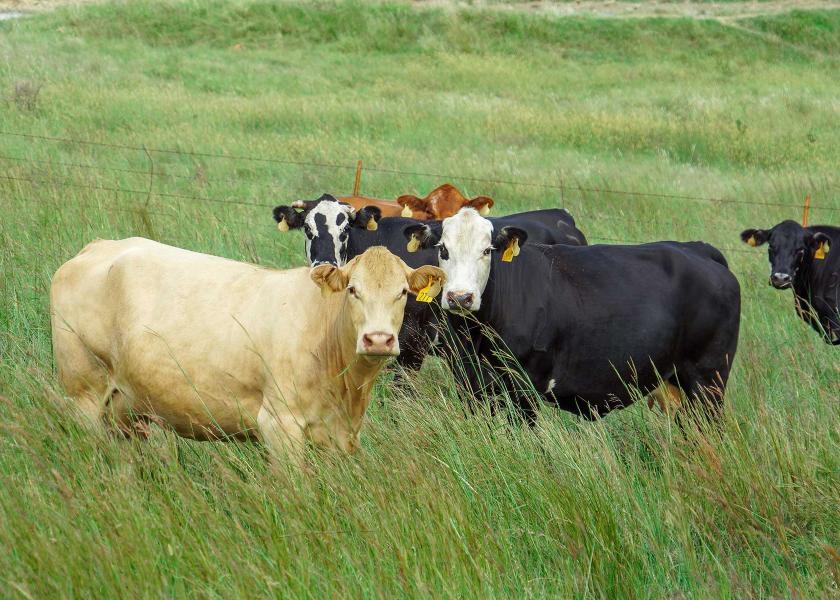Nalivka: Tracking Beef Cow Slaughter

I have tracked the breakdown of weekly cow slaughter since 1984. That was when the first Dairy Termination Program was enacted, and I was an ag economist with the Economic Research Service of USDA. That was the first year reported weekly cow slaughter was broken down between dairy and beef cows which was mandated in order to track dairy cows enrolled in the program. So, I have a fairly extensive database of cow slaughter. Having said all of that, I will get to the point.
Through the week ending March 26th, beef cow slaughter year-to-date is 16% higher than a year earlier and the highest since 1986. Let that sink in for a couple of minutes – beef cow slaughter through nearly the end of March is the highest since 1986 or 36 years!
Putting that perspective - in 1986, the U.S. inventory was 105 million head and there was just under 34 million beef cows. At the beginning of this year, USDA counted the total cattle inventory at just under 92 million with 30 million beef cows. Needless to say, a lot has happened to drive the inventory the last 36 years, not the least of which was the 2011-2013 drought that resulted in herd liquidation pushing the inventory to 88 million and the lowest in 60 years. And now, agriculture faces another drought.
What are the implications if cattlemen continue to liquidate herds – assuming even a significantly slower pace? Here’s the scenario that I am working into my numbers going forward. In 2012, when the pace of liquidation was stepped up as the drought worsened in the Midwest, beef cow slaughter accounted for 12.3% of the beef cows. I try to stay away from numbers with decimal points in these articles, but in this case, it is necessary so bear with me.
If 12.3% of the beef cowherd is sent to slaughter this year, that would be 3.7 million beef cows and a 2% increase over last year and the highest since 1996. Another point in that regard – I have projected total cow slaughter at 6.9 million for 2022, so in addition to those 3.7 million beef cows, there would be 3.2 dairy cows slaughtered – up 2% from a year earlier. I don’t think that will happen – not with record milk prices!
So, sticking with my total cow slaughter projection for 2022 and adjusting the mix of beef and dairy cows based on the market and the weather, it’s not unreasonable to see beef cow slaughter up 4% from prior year and accounting for 12.5% of the beef cowherd. This would be the highest since 1984 and relatively unchanged from the current situation.
It doesn’t take very high-powered math to see where the inventory is headed if we project the current situation through at least the 3rd quarter. Is it probable? Yes! And I haven’t even brought into this discussion heifer slaughter year-to-date. It’s up 2% from a year earlier and the highest since 2003.







